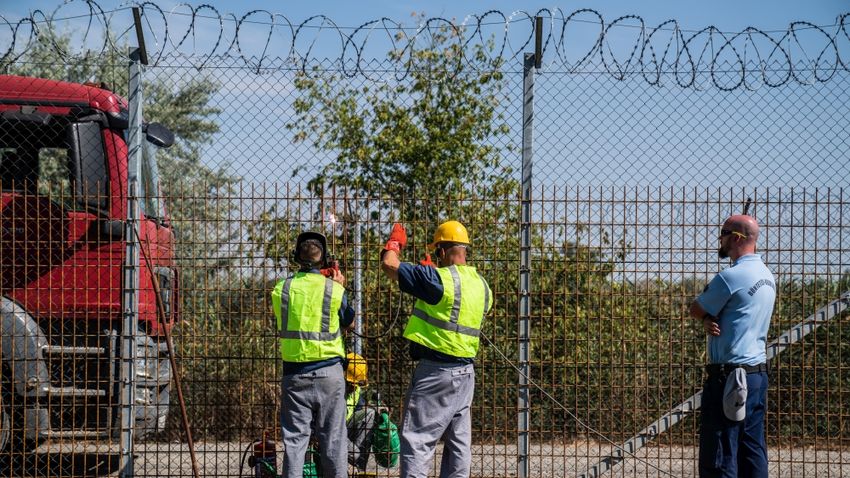As migrant flows swell and they begin using increasingly aggressive tactics to enter Hungary, the country has responded by reinforcing its fence on its border with Serbia due to increasing migration pressure.
In the last year, more and more migrants on their way to Western Europe ended up stuck in Serbia near the border with Hungary. These groups used various methods to scale or break through Hungary’s fence, including violence.
While in 2021 there were 2,181 cases when illegal immigrants damaged the security fence on the border, the number of cases has already reached 1,528 so far this year. In one month, the number exceeded 150, which means that the southern border section of Hungary is constantly under pressure and being physically attacked. The costs incurred are also not negligible; in the past year and a half, repairing the damage has cost Hungarian taxpayers nearly half a billion forints daily, reports Magyar Nemzet.
[pp id=21060]
The increasingly aggressive behavior of migrants, such as throwing stones and objects at border guards or threatening them with sticks and machetes, also justified the further strengthening and development of the system, according to Hungarian authorities.
Therefore, in accordance with the government’s decision, Hungary will strengthen the first line of the existing 165-kilometer fence on the Hungarian-Serbian border by installing a so-called “swan neck.” The swan necks are covered with a bladed fence element, while their lower half is equipped with multi-line NATO wire, which are technical solutions designed to prevent illegal immigrants from climbing over using ladders.
The reinforcements are being carried out by inmates of the penitentiary system, which will also be responsible for the upkeep of the fence.
For years, Hungary has sought compensation for the EU for the massive investments it has made in the border fence, with the government arguing that Hungary is protecting the common EU border. In 2021, Orbán wrote in a letter to Brussels that Hungary had spent €1.64 billion on border protection from the country’s own national budget.
He further pointed out that despite criticism of Hungary’s position on building a border barrier in 2016, “Hungarian border protection measures have recently become a model. In 2021, in addition to Hungary, Greece, Spain, Bulgaria, Slovenia, Estonia, Lithuania, Latvia, and Poland have built or are building border protective barriers.”






